Loan Program Options
A reverse mortgage loan, like a traditional mortgage, allows homeowners to borrow money using their home as security for the loan. Also, like a conventional mortgage, the title to your home remains in your name when you take out a reverse mortgage loan.
What is a Reverse Mortgage?
A Reverse Mortgage is a specialized loan designed for homeowners aged 62 and older, allowing them to convert part of their home’s equity into tax-free cash—all while continuing to live in their home without monthly mortgage payments. Instead of making payments to the lender, the loan balance is repaid when the homeowner sells the home, moves out permanently, or passes away.
Why consider a Reverse Mortgage?
A reverse mortgage can provide financial freedom and flexibility for retirees by supplementing income and covering expenses. Key benefits include:
No monthly mortgage payments—borrowers remain responsible for property taxes, homeowners insurance, and maintenance.
Access home equity without selling—convert part of your home’s value into a lump sum, monthly payouts, or a line of credit.
Stay in your home as long as you want—there’s no required repayment as long as the homeowner lives in the property as their primary residence.
Flexible payout options—receive one-time cash, fixed monthly payments, or a credit line that can grow over time.
Non-recourse loan—you or your heirs will never owe more than the home’s value at the time of repayment.
A reverse mortgage is a great tool for financially secure retirement planning, offering homeowners the ability to use home equity without selling or taking on monthly payments.
How a Reverse Mortgage Works
A reverse mortgage allows homeowners to borrow against the value of their home while maintaining ownership. Here’s how it works:
Eligibility Requirements
Homeowners must be 62 years or older.
The home must be a primary residence (not a second home or investment property).
The borrower must have sufficient home equity (at least 50% ownership in most cases).
Borrowers must continue to pay property taxes, insurance, and home maintenance costs.
Types of Reverse Mortgages
Home Equity Conversion Mortgage (HECM) – The most common reverse mortgage, insured by the Federal Housing Administration (FHA). It offers flexible withdrawal options and is available nationwide.
Proprietary Reverse Mortgage – Private loan options for homes with higher values, offering larger loan amounts than a HECM.
Single-Purpose Reverse Mortgage – A loan offered by state and local governments or non-profits for specific needs like home repairs or property taxes.
Payout Options
Homeowners can choose how they receive their loan funds:
Lump Sum – Receive all available funds at once.
Monthly Payments – Get fixed income every month for a set period or for life.
Line of Credit – Withdraw funds when needed, with unused credit growing over time.
Combination – Mix different payout methods for flexibility.
Who Should Consider a Reverse Mortgage?
Reverse mortgages are ideal for:
Retirees looking to supplement Social Security, pensions, or savings.
Homeowners who want to stay in their home while accessing home equity.
Seniors needing funds for healthcare, home repairs, or daily living expenses.
Individuals with no plans to pass the home to heirs or those who have alternative estate planning strategies.
With no monthly payments, flexible payout options, and continued homeownership, a reverse mortgage is a smart financial tool for older homeowners seeking a more comfortable retirement.
Your Goals. Your Home. Your Brightside.
Home financing should feel empowering, not overwhelming. At Brightside Mortgage, we’re committed to helping you achieve homeownership with confidence, clarity, and peace of mind. Let’s turn your homeownership dreams into reality—together.

